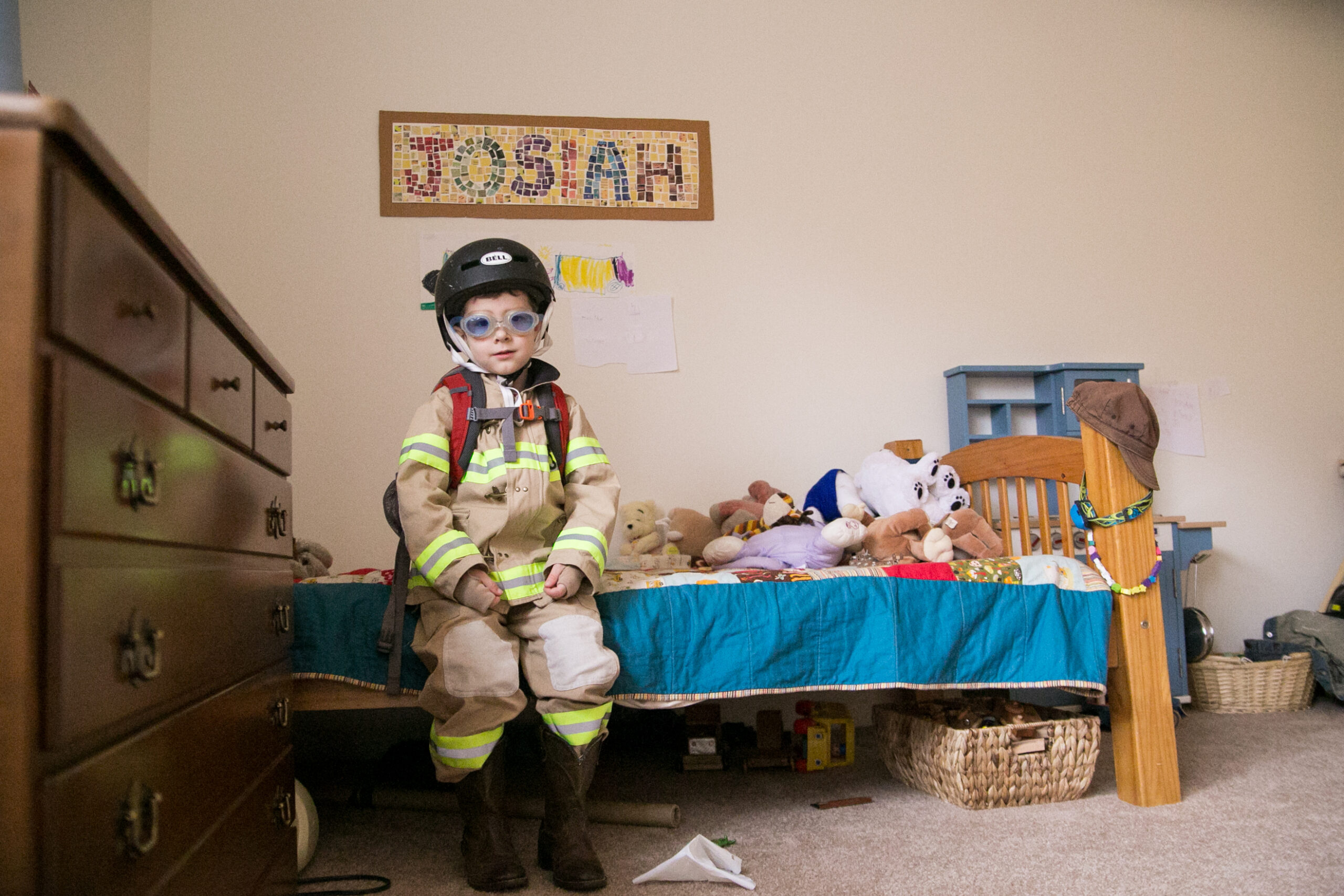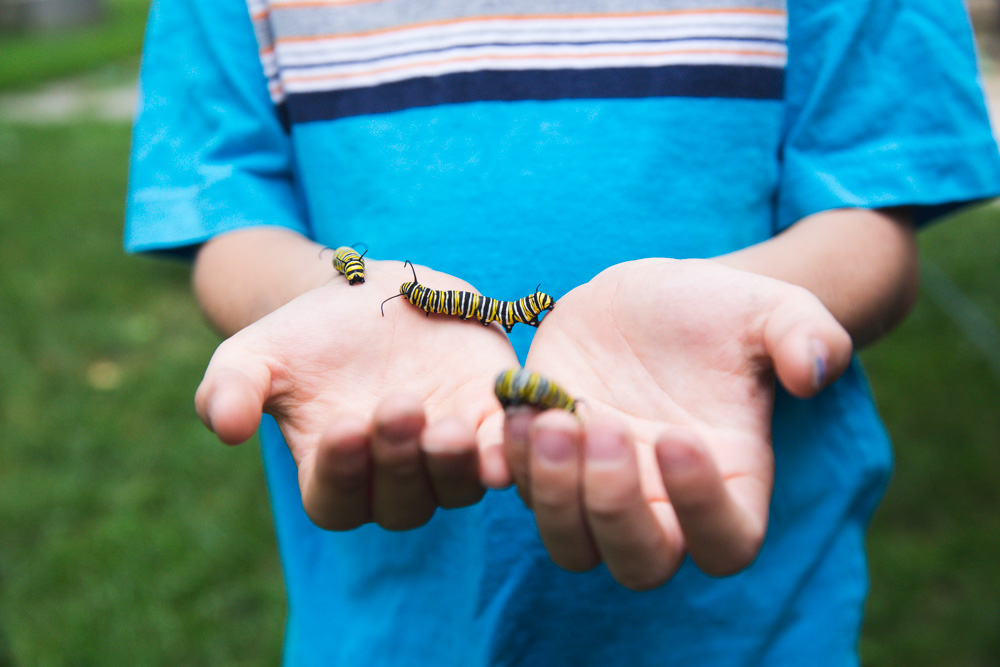Telling Stories to Sensitive Children
Does your child hate it when you frown? Does she yell when the sound is too loud for her ears? Is he completely distracted and even angry when his socks are slightly bunched? Do they avoid at all costs being in large groups? Do they sometimes flail about for seemingly no reason?
Do you find yourself describing him or her as “sensitive”?

Well, I have two sensitive boys – each in their own way. When our older son was young, he couldn’t stand ill-fitting clothes, food on other people’s shirts, big groups of people, and bright lights.
Our younger son used to be completely distracted by any movement in the room, by the emotions of the adults, and by any rough spot on an otherwise smooth surface.
Yes, they are who they are – but there is also such a thing as “being sensitive.”When our boundaries are thin, our “skin” is thin, then we allow in much more stimulus and information than people with thicker “skins.” Sensitive people, therefore, are often distracted and even alarmed by what they are attending to. They feel other people’s feelings, they see everything, they hear everything, and they feel every bump and every scratch and every brush as someone walks by. And they often react.

In the past, sensitive people just needed to deal with it on their own – and this often meant staying distracted or numbing or growing extra-thick armor. However they managed, they desensitized in a way that was often inauthentic and even harmful.
But now we know that “being sensitive” is actually a thing. There are therapists and remedies and practices that meet the sensitive child to help them manage the world better and still retain the benefits of being sensitive. Sensitive people are often very creative, very empathetic, and very intuitive. These skills can be hugely beneficial for their community and the world – we just need to help them live more comfortably in the world first.
So in addition to therapy, exercises, proper nutrition, and enough sleep, you can help your sensitive child with story. Telling them stories – ultimately – about themselves.
The practice is very straightforward. Start the story with a central character modeled on them. Make it a chipmunk or a baby bear or a bluejay or whatever seems most accurate to the way in which your child is struggling. Then talk about a normal day for that animal. The chipmunk spends a lot of time hiding because he thinks every movement in the forest is dangerous. The baby bear can’t sleep because the hard earthen floor is too scratchy. The bluejay hates loud noises so she tries to yell louder. Give a rounded picture of the animal and then have the “grown” animals offer some relief.
Relief can be in the form of food or comfort or community – whatever you think your child needs. I would encourage simply sensory relief – like a warm bowl of acorn porridge or a soft bed of cattail down mixed with the softest dried flower petals – or a quiet home inside a thick oak tree. Give them piece through enrolling imagery – pictures they can empty into and then actually “feel” themselves. You’ll know you’ve found just the right image because they will smile softly, sigh, and say something like “that sounds nice.”
Then do it again the next night. And again and again. As you learn more about your child and their needs, you can expand it to include therapies like “zoo exercises” or using a straw or sitting on a wobbly chair – or what have you. And even if your child doesn’t appear to need any professional support, it will still be deeply soothing and renewing. A great way to end the day or enter into naptime. Nourishment, relaxation, and peace. Really, aren’t we all a bit sensitive?
Would you like to hear a sample of a story for a sensitive child? Listen below.

Leo the Hermit Crab
Leo the hermit crab feel uncomfortable in his too tight shell, and when it finally breaks his family quickly take action to get…
Story Details »Not yet a subscriber? Try a free trial HERE.
About the authors
-

David Sewell McCann
Story SpinnerDavid Sewell McCann fell in love with spinning stories in first grade – the day a storyteller came to his class and captured his mind and imagination. He has been engaged in storytelling all of his adult life through painting, film-making, teaching and performing. Out of his experience as a Waldorf elementary class teacher and parent, he has developed a four step method of intuitive storytelling, which he now shares through workshops and through this website.



